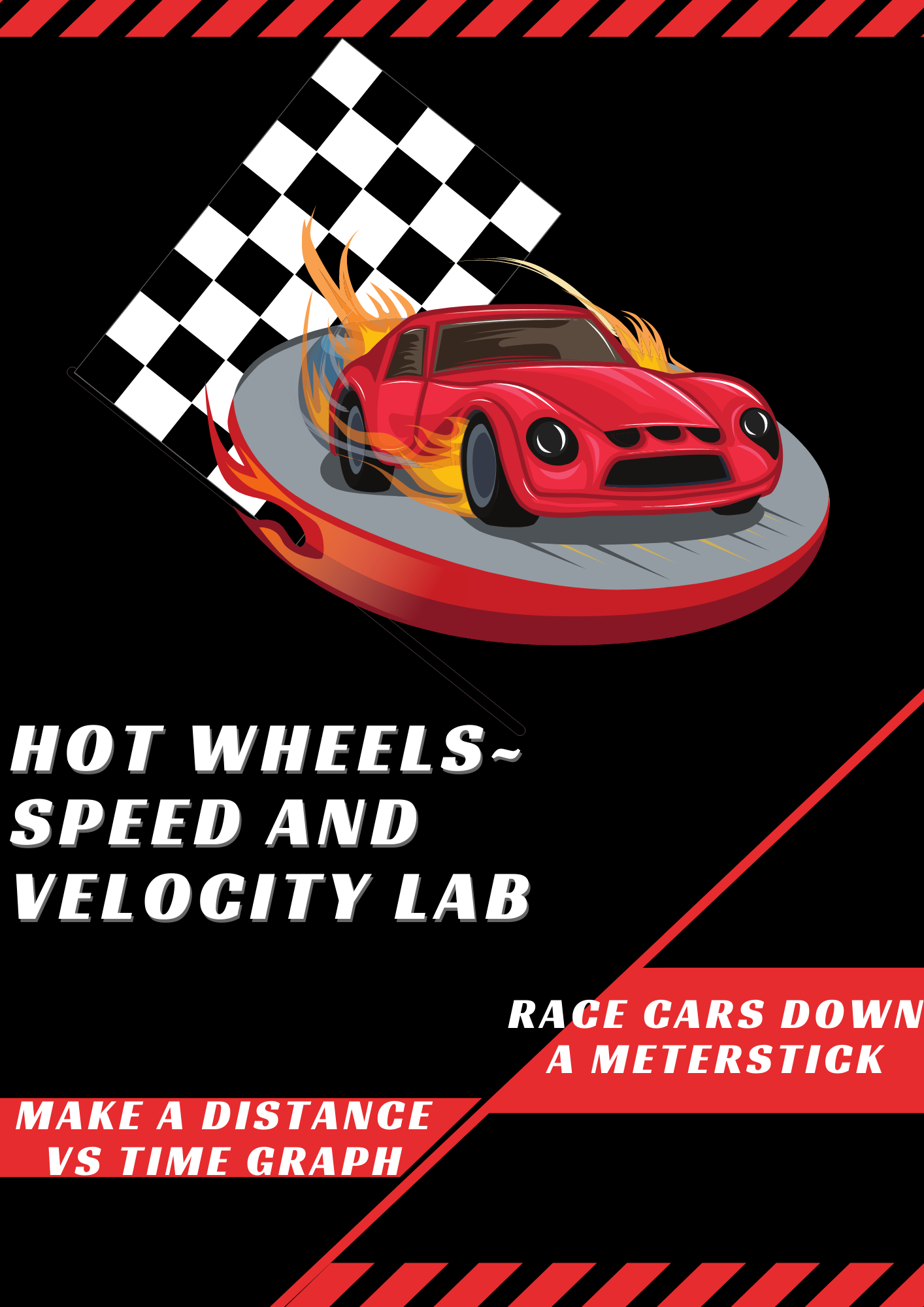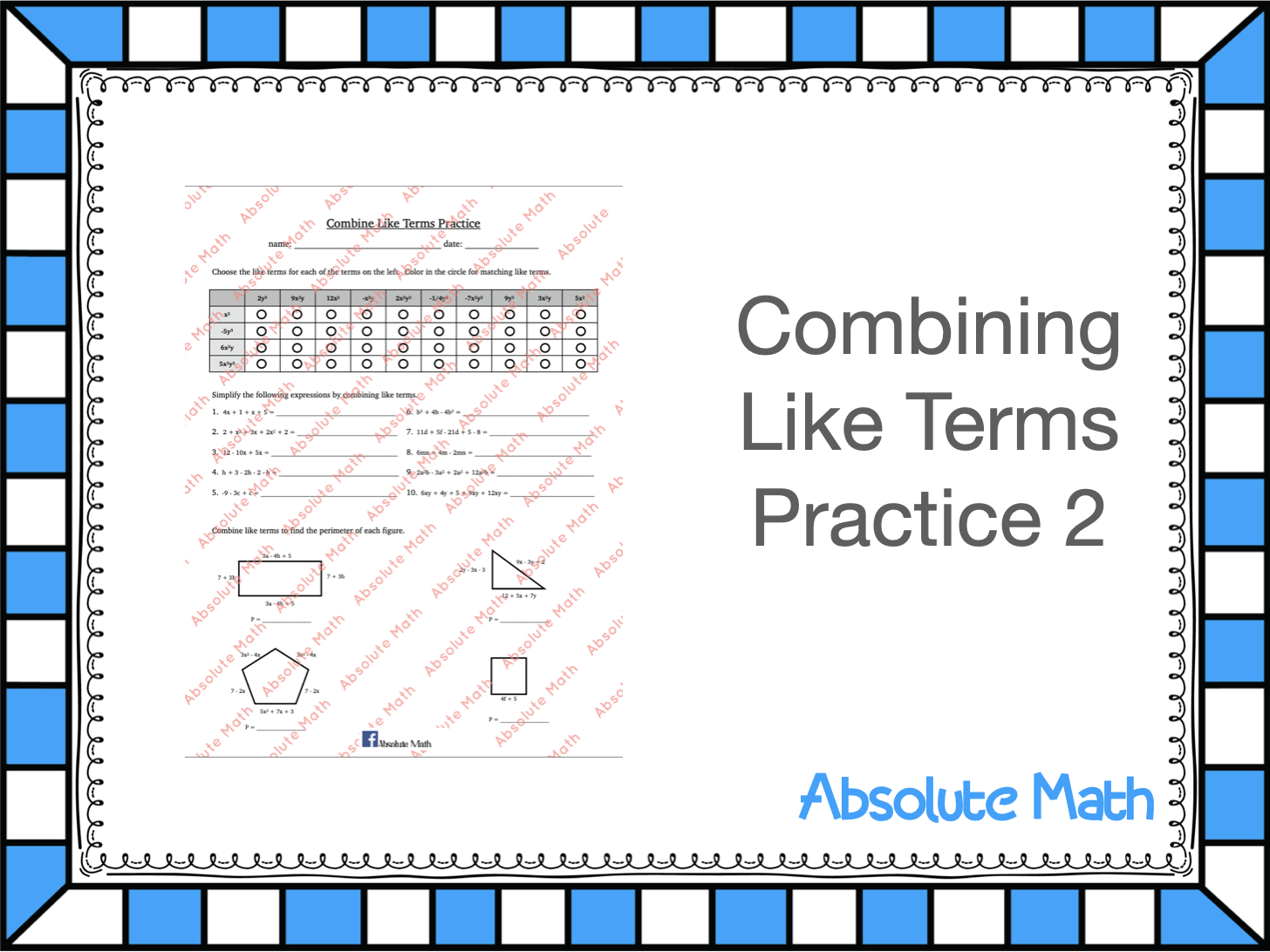Learning Objectives:
- Write a hypothesis
- Create a distance vs time graph using collected data
- Evaluate the relationship between mass and speed (F = m x a)
- Learn to read a motion graph
- Calculate speed (the slope) using the point slope formula (m = y2 – y1/x2 – x1)
Materials:
- 1 Hot Wheel or Mini Racecar (1 per group)
- 1 Meterstick (1 per group)
- 3-4 Textbooks* (Per Group)
*Something to create a ramp
- 4 Washers Stacked and Taped Together (1 per group)
- Tape (Any Kind)
Background:
Students evaluate the relationship between speed and mass by racing weighted and unweighted hot wheels down an elevated meterstick. Each group of students will develop a hypothesis statement supporting whether adding weight to a hot wheel will increase or decrease its speed. Students will then measure the time it takes a hot wheel to travel down an elevated meterstick at different lengths. This experiment is then repeated with 5 washers stacked and wrapped to the hot wheel to increase the mass. Finally, students are to graph the data as a distance vs time graph showing the differences in the hot wheel with and without the extra added mass.
Directions:
1.) Assign or have students arrange themselves in groups of up to four
2.) Have students write a hypothesis supporting whether adding weight to a hot wheel car will increase or decrease its speed
3.) Hand out pre- taped washers, Hot wheel cars, textbooks and metersticks
* Textbooks or any elevated surface works to create a ramp
4.) Measure the time needed to travel 10, 20, 30, 40 and 50 cm; when weighted and unweighted
5.) Plot the data on the graph as distance = y axis; time = x
6.) Complete the conclusion questions and post- lab questions regarding motion graphs
* The speed on a motion graph is the slope. Have students use the formula
m = y2 – y1/x2 – x1
| Category | Math, Science |
| Tag | 10th Grade, 11th Grade, 12th Grade, 7th Grade, 8th Grade, 9th Grade |





Write a Review
Leave a reply Cancel reply